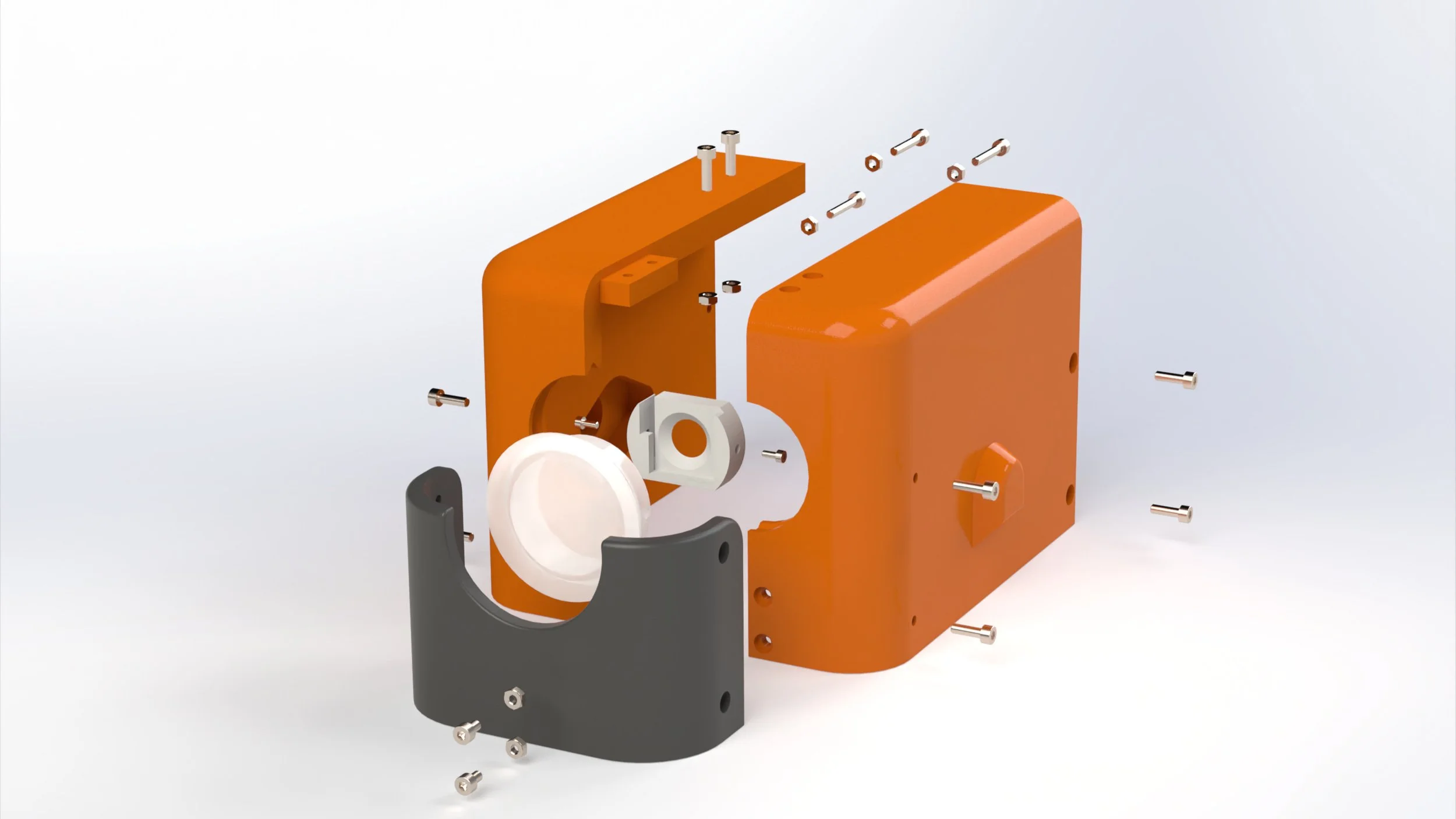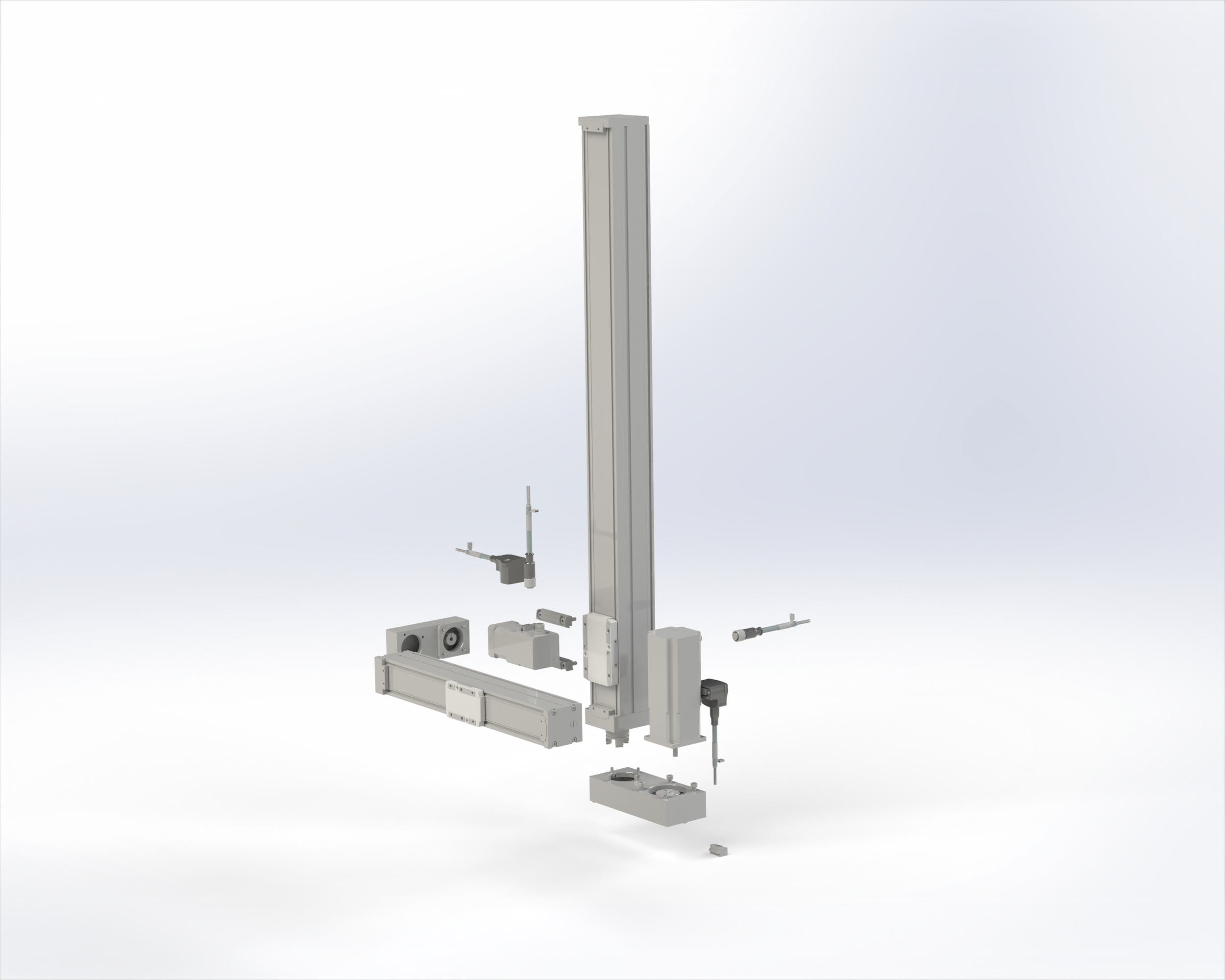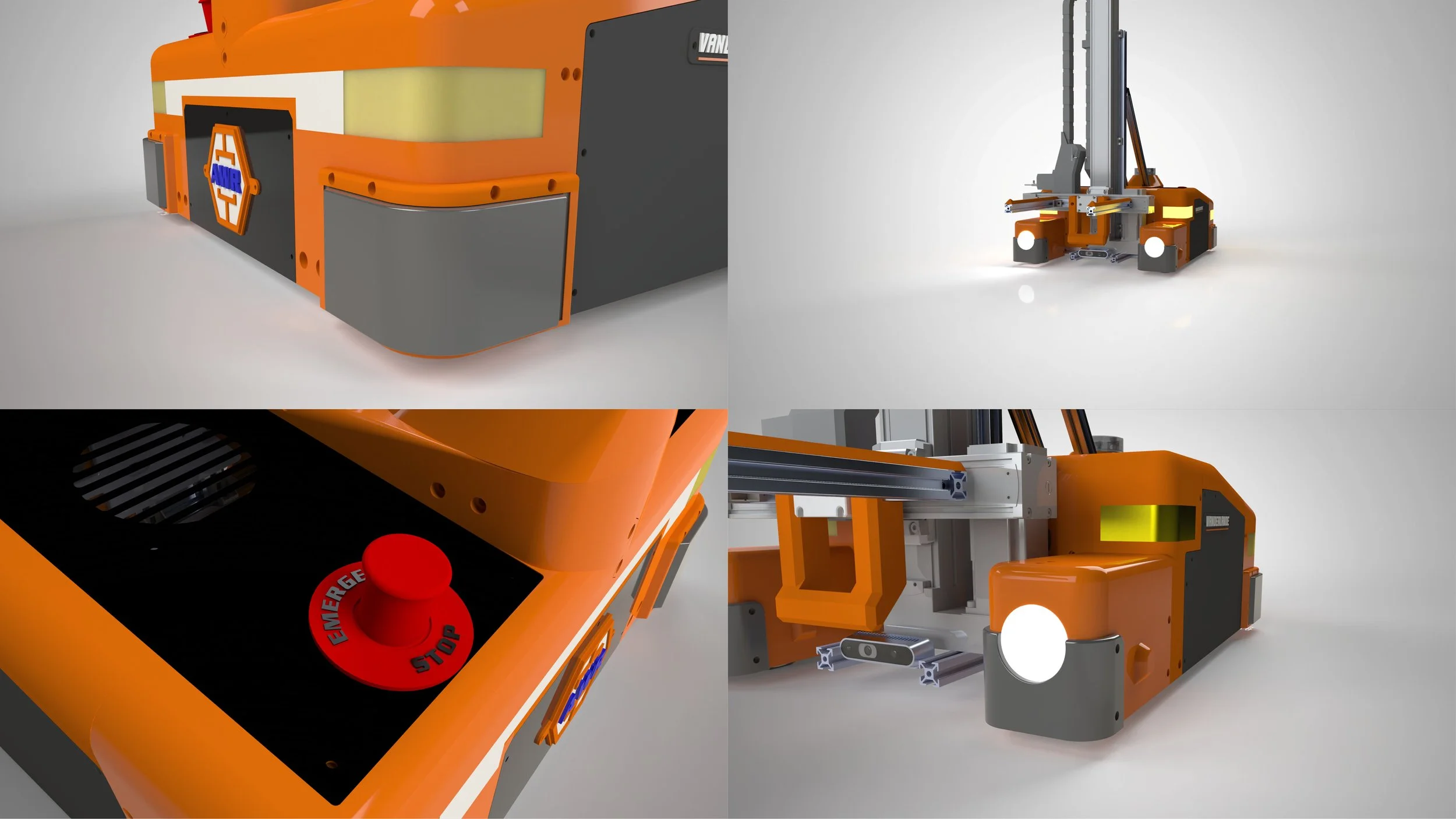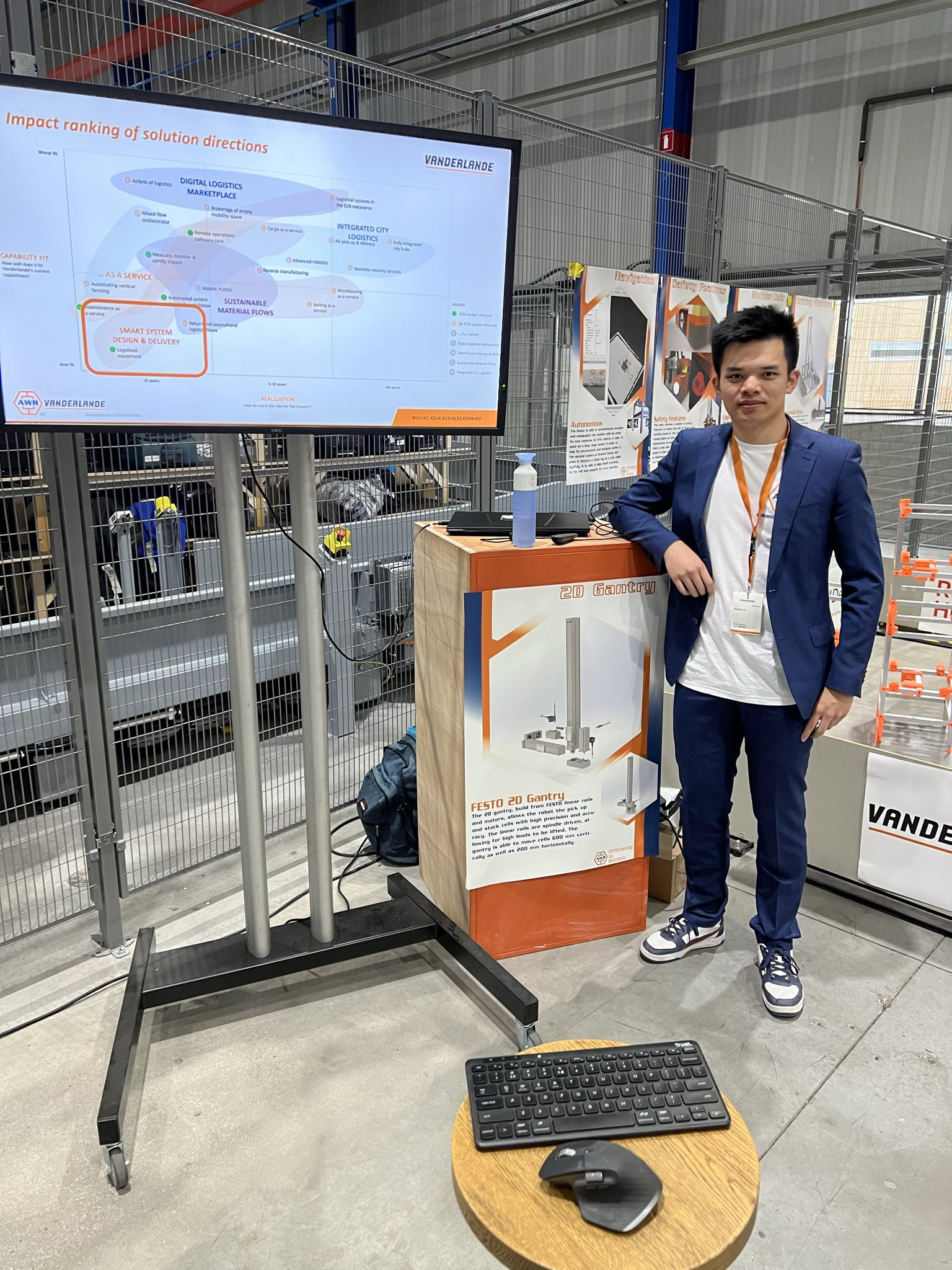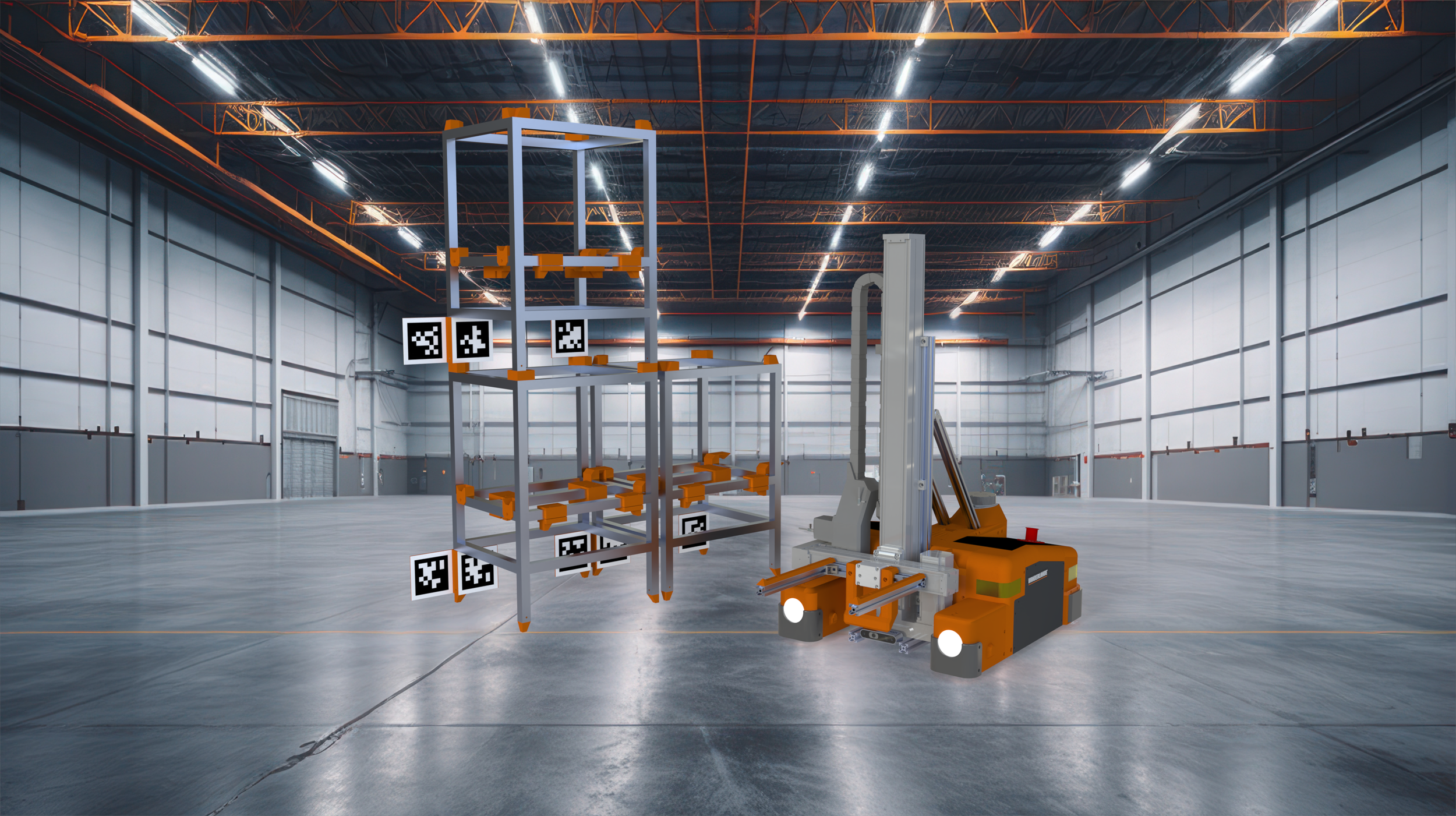
Robotics Minor Project: Autonomous Warehouse Robot
What if warehouses could build themselves?
This project is the main goal of the robotics minor. In multi-disciplinary teams of 7 students we would create a prototype for a real company. This company was Vanderlande. They offered us their future vision: “What if warehouses could build themselves?”.
I was the project leader for this project. I, together with my team, AWR, used all our collective knowledge to build a robotic prototype that could do just this. I applied all my gained knowledge in leadership, mechatronics, mechanical design, CAD and manufacturing to bring this project to fruition. This project received praise from many companies including FESTO, Vanderlande and Robohouse.
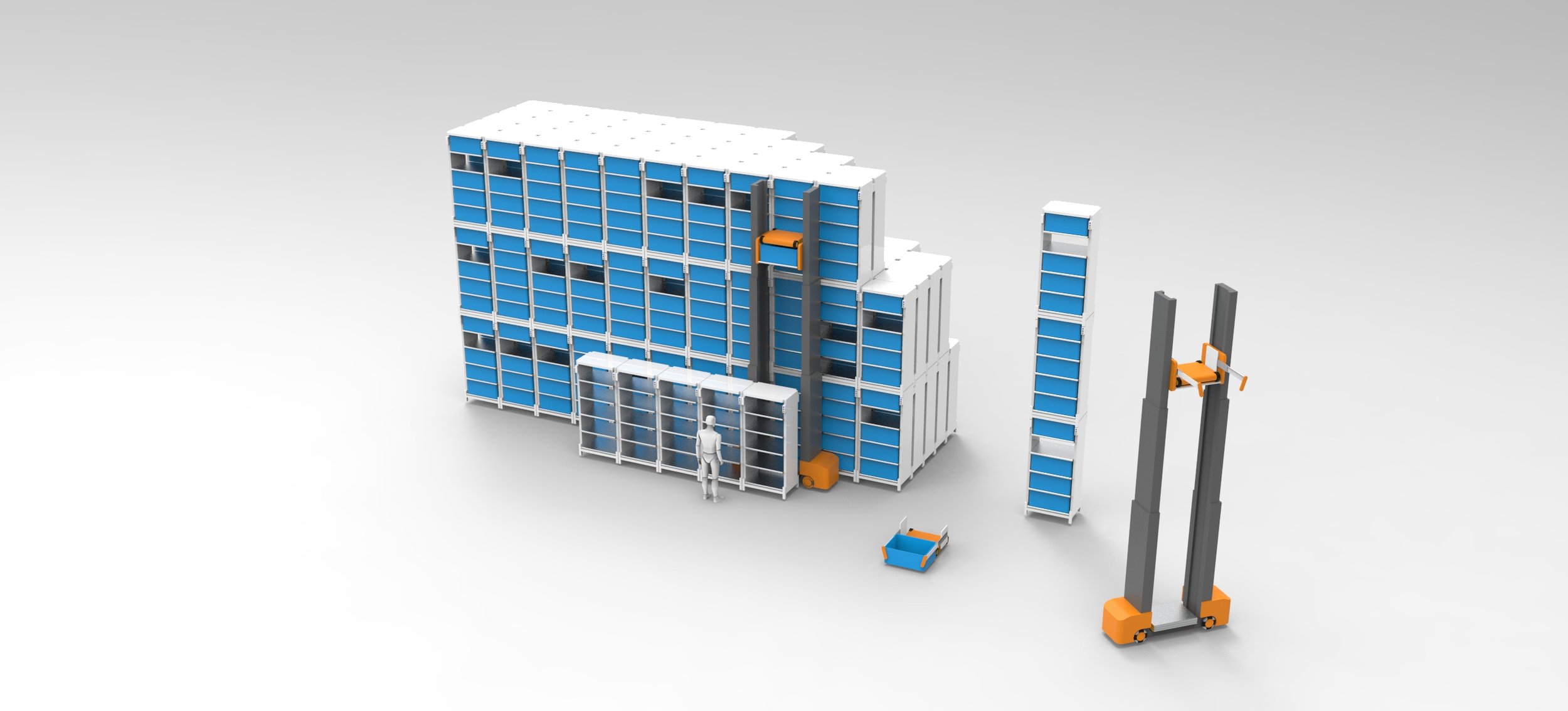
It started with a vision by Vanderlande. They explained a vision of a robotic warehouse system that could build and change itself on demand. This would make flexible warehousing more attractive and would allow Vanderlande to enter a new market niche.

Using Miro, I could facilitate collaborative brainstorming and work.

I was tasked with building the framework for a design space. Analyzing the design brief, customer needs and use-cases. I created a journey map and facilitated the creation of SMART design requirements.
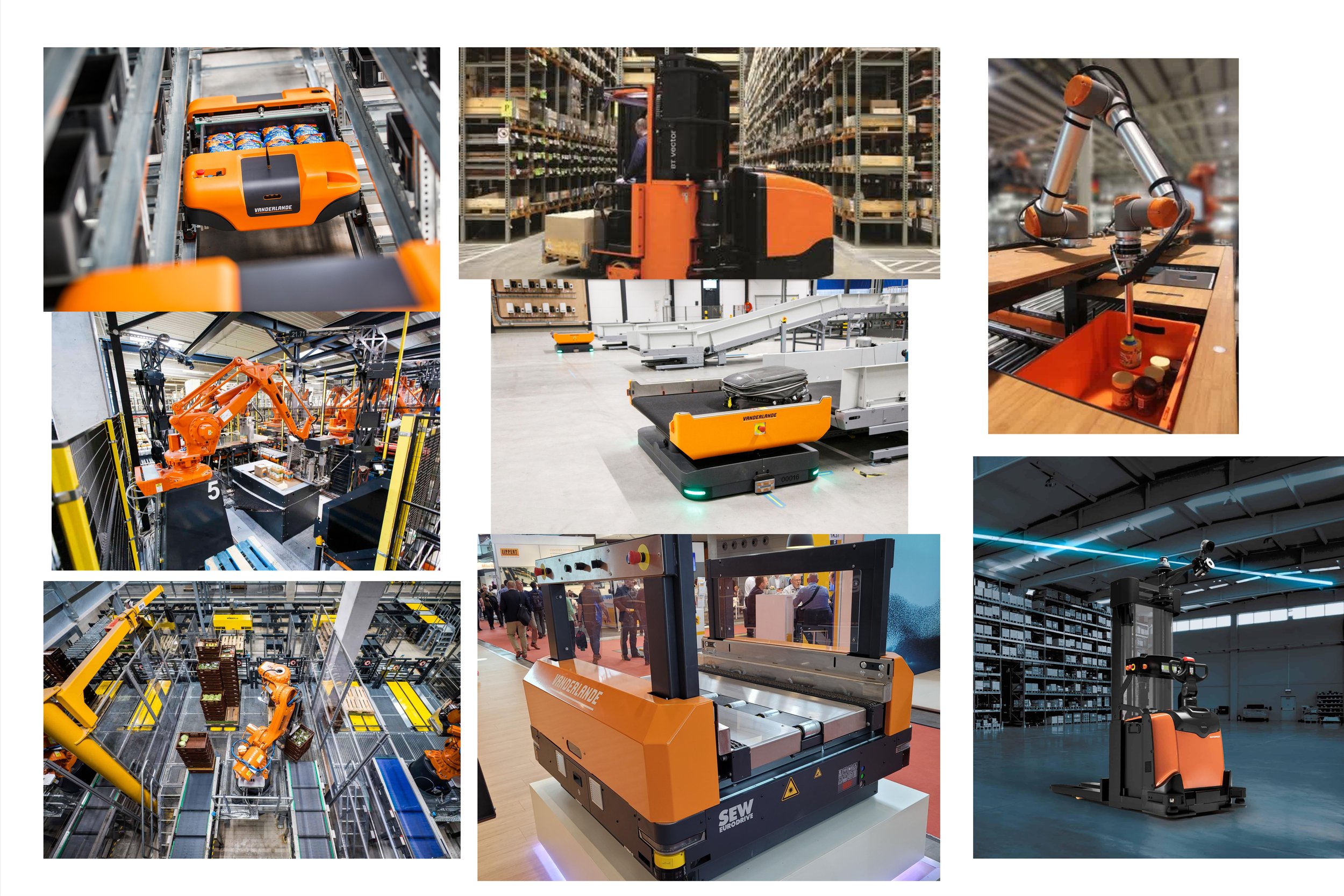
I did research into the design language of Vanderlande and similar systems to inspire myself and my team.

A large amount of concepts were generated using the morphological chart method.
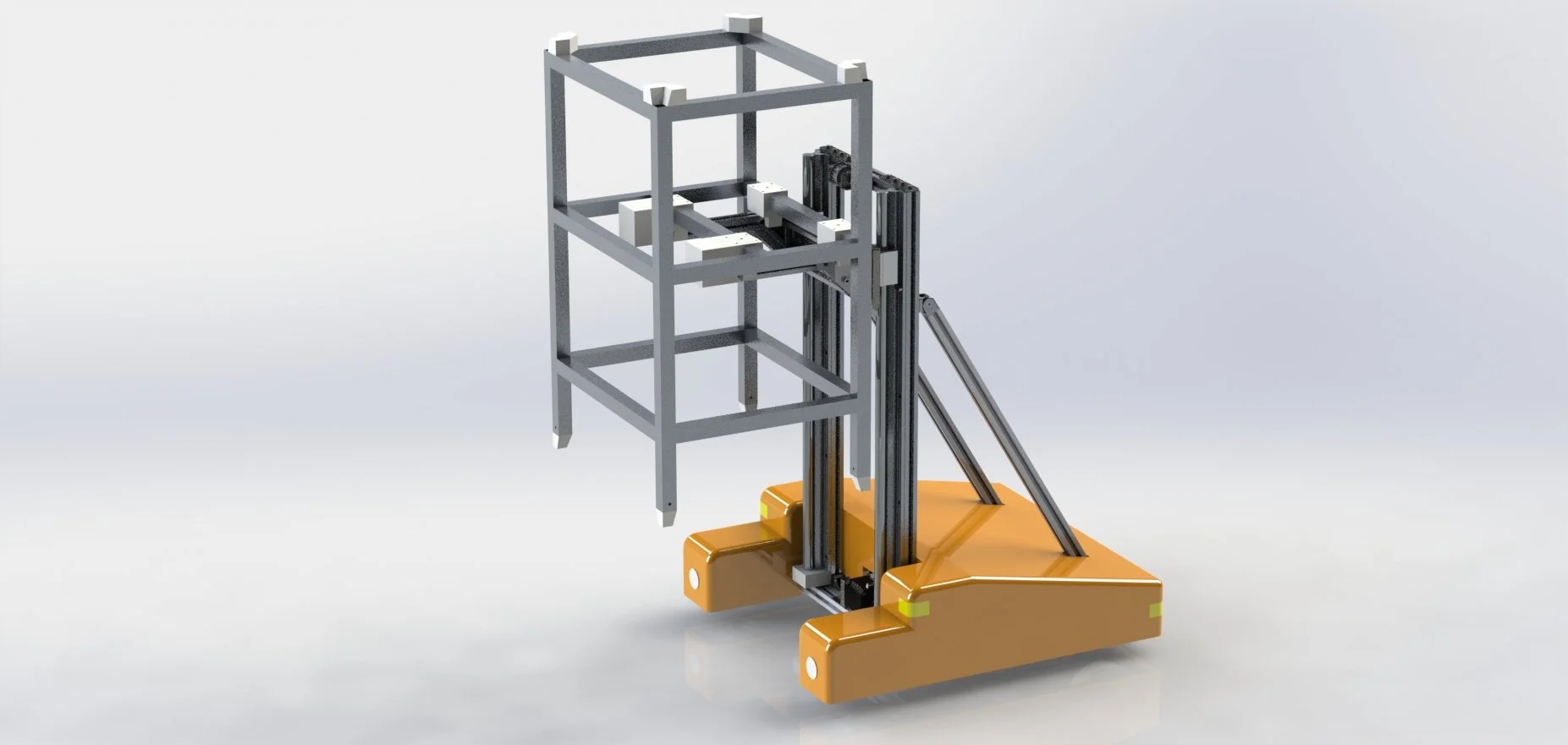
A mock-up of the concept was created in SolidWorks. This would be the starting point of the design sprint that would create the prototype

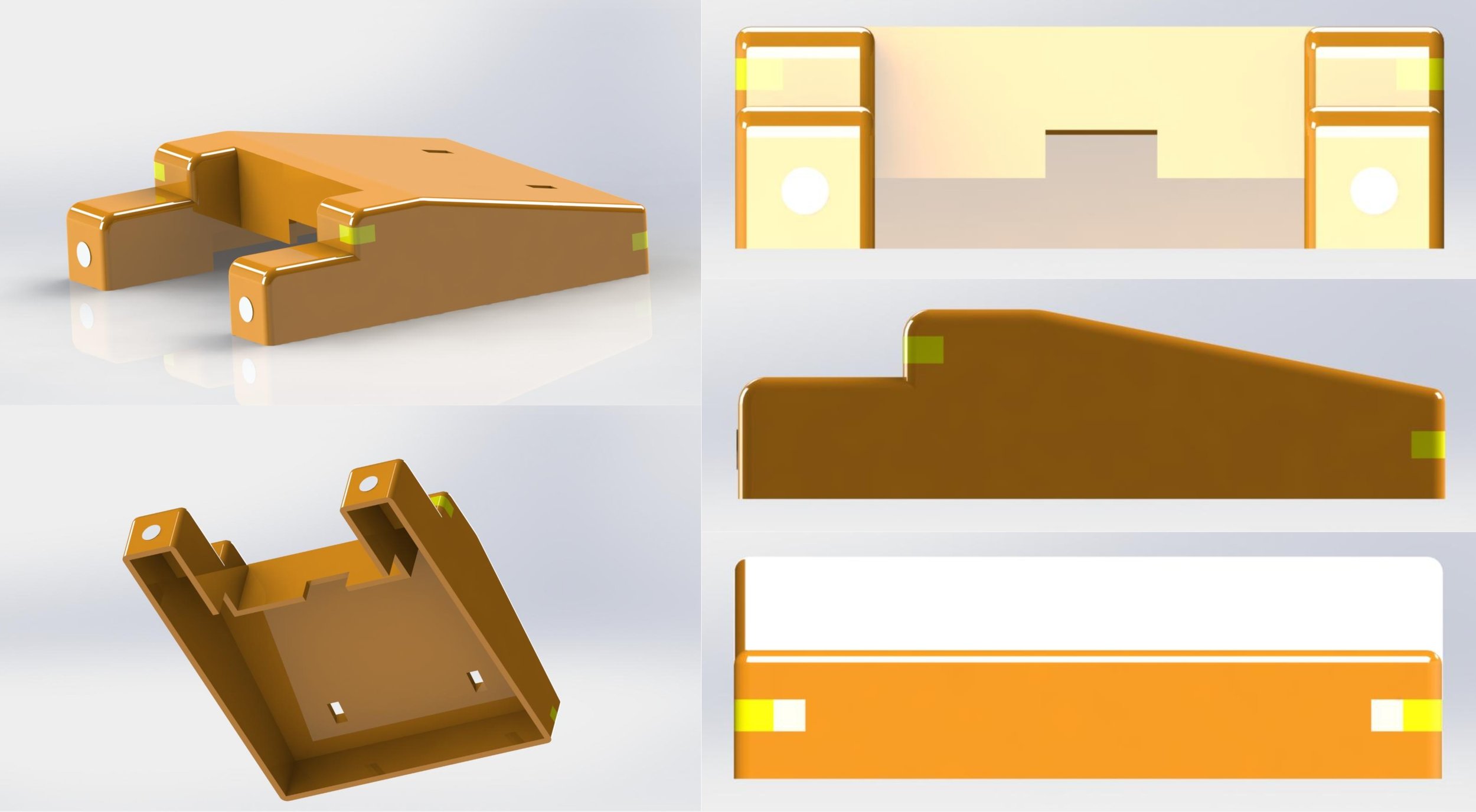
I was tasked with designing a number of subsystems of the robot. One of these is the robot casing. Here is the initial concept render of the subsystem.

The second subsystem I was tasked with is the design of the modular cells, which would make up the building blocks of the warehouse. As well as the stacking and interfaces between cells and the robot.

Lastly, I managed to gain the sponsorship of FESTO for the project by designing a cell lifting concept using their parts. The design and my pitch garnered their support to enhance the robot.

Using FEM analysis I evaluated my designs to find out if they were mechanically sound under the forces that they were to be subject to.

After the concept had been established and validated, it was time for months of rapid prototyping, designing and testing in a sprint type workflow. Improvements were made during the process.
After 5 months, the design was finished. During these months the design evolved as well as my knowledge and experience, which allowed me to push the boundaries of my skills.
The robot shell was designed to be highly modular, sturdy and accessible. 3D printing design and techniques such as transparent filament printing, in-print inserts of nuts and flexible material printing were used to perfect the design of the shell and incorporate all the different features.
The 2D gantry from FESTO was designed to allow maximum flexibility for the system. It allows for margins to correct the inaccuracies in mechanical and software systems alike.
I incorporated a number of safety features to allow workers to work safely around the warehouse during restructuring. These include an emergency stop, safety lights, bumpers and a speaker to alert anyone in its proximity of its presence and heading.
The modular cells were designed to be simple and lightweight. Without any electronics or active mechanisms the cells could be easily scalable. The cells contain trapezoid shaped interface and interlocking systems in order to increase the reliability of the system in lieu of any error in software and mechanics.
Final Result
After 5 months the robotic prototype was complete. The vision of Vanderlande had become reality through the combined multi-disciplinary knowledge and skills of team AWR. It performed perfectly during demo day and was praised by Vanderlande, FESTO and other guests at Robohouse.
TU Delft Minor Market
After the project the Robot and a few of my team member presented the robot at the minor fair at the TU Delft.
TechDay at Vanderlande
We were invited by Vanderlande to present our work at their headquarters in Veghel. There we talked with Vanderlande about the possibilities this prototype explored. A letter of recommendation was awarded for our excellence.


